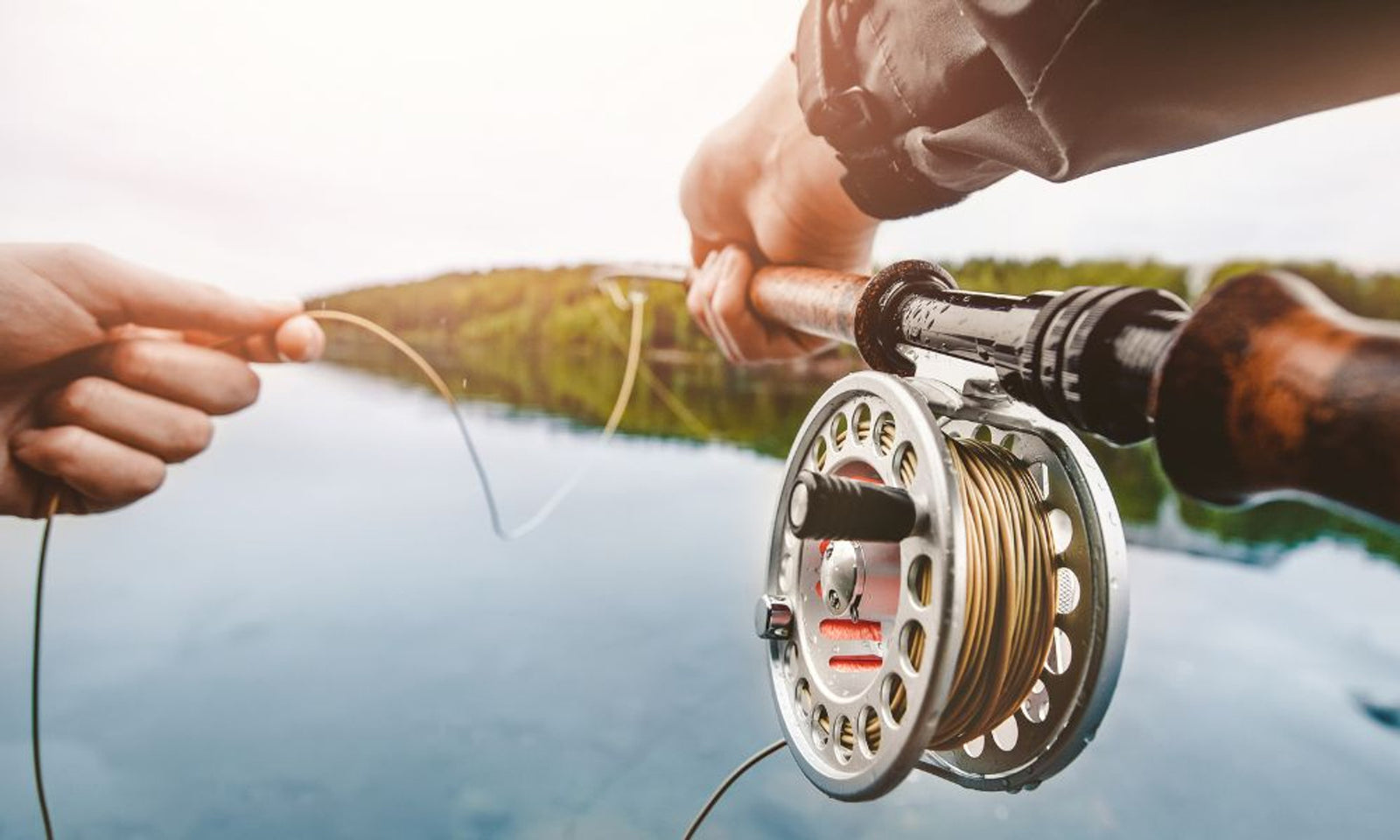Understanding the 5 Different Casting Methods With a Fly Rod

There are many different types of fishing styles popular around the world, from net fishing to bow fishing. However, possibly the most popular would be pole fishing, which uses a pole and a fishing line with bait to draw in fish and reel them in when they bite ]. There are many things to understand when trying out pole fishing by yourself. Here are some of the basics you need to know.
What’s Fly Fishing
The first thing you should understand is that there are several types of pole fishing methods popular around the world. The one most people use and learn is fly fishing, which uses a fly as bait to draw fish to the line. You tie these flies to the end of fishing lines and cast the line out into the water. This is the start of fishing with a fly pole and is a basic skill for anyone who’s trying to catch fish using fly fishing.
Why Learn Different Casts
Although casting is a basic skill in fishing, it’s still one of the most difficult to master. A good fisherman can send their fly anywhere they want with a good cast, setting themselves up for the best results. However, just throwing out the line won’t get you very far. You’ll likely miss your target and tangle your line on the things around you. That’s why the best fly fishers learn several different styles of casting with a fly rod to use whichever one best fits their circumstances.
The Different Styles of Casting
So that you can learn more about how people cast their fly fishing poles, here’s a look at five popular styles for casting.
1. The Back Cast
The most traditional cast you’ll see around is the back cast, which is what most people imagine when they think of fishing. You create a lot of flex and power in your cast by lifting the pole upwards and behind you slightly. This builds up pressure. By flicking the pole forward, you lose that buildup can send the fly and line soaring out over the water to your target.
2. The Roll Cast
When you’re fishing and don’t have a lot of vertical room, the roll cast may be the best way to get your cast where it needs to go. The line starts in the water or out in front of you, stretching out a bit and dragging in the rough direction you want to cast. Then you pull your rod back so that the line makes a “D” shape with you and the pole. Tilting the pole outwards so that the line doesn’t tangle, you flick your wrist and thumb forward and the line should follow along and “roll” out to your target.
3. The Steeple Cast
Where the roll cast excels in areas with low vertical space, the steeple cast is great for areas you can’t cast far out but have a lot of vertical room. Similar to a back cast, the steeple cast sends the energy upwards and forwards rather than back and forth. Pulling the rod upwards well above your head and sending it upwards can still build up a lot of the energy necessary for a good cast, then sending it forward will send it towards your target. This should feel similar to a back cast but uses a lot less space behind you, making it perfect for times that you’ve less room behind you because of trees or other obstacles.
4. The Double Haul Cast
The double haul cast is a complex casting style, but it’s amazing for reaching distant targets and using heavier lines. The double haul cast has you pull on your line while performing a normal back cast. This creates additional tension in the line and pole and helps you send out the line. This is a bit complex as the timing to pull on your line is tight and syncs up exactly with the wrist flick in both the back swing and front flick during the full cast. The timing is awkward and will take a while to learn, but you can cast a lot farther out and save wrist strength in your casting arm if you do it properly.
5. The Bow and Arrow Cast
Bow and arrow casting is possibly the simplest but strangest method. This casting method is great for weaving your line between trees and other obstacles but has a very limited range over some of the other casting methods. You start by grabbing your line with your non-casting hand. You hold out your pole with the tip pointing where you want your line to go. You then pull back on the line, bending the pole back and bending it until it looks similar to a bow. Then you line up your shot and let go of the line to cast the fly toward your target.
How To Train Your Casting Techniques
These casting techniques are all very useful tools for your fishing trips, but using them isn’t as easy as it sounds. There’s a large learning curve with each one and becoming good at any cast requires a lot of training and practice. That’s why you’ll need to practice outside your fishing trips to really learn how to perform these casts. When looking to practice, your best bet is to go to an empty, flat place with little foot traffic for a good place to practice. Ideally, a local park or parking lot can give you the space you need to cast freely without any obstacles. This can help you learn how to properly aim your casts and gain the muscle memory to become a good fisherman.
Investing in The Right Gear
Even every angler can benefit from learning all these casting methods, that doesn’t mean you can always use them. Each of these casting methods will typically work with most fishing rods, but some rods will make it a lot easier. This is especially true for the bow and arrow cast, which relies on a very flexible rod. Be sure you invest in the right fishing poles, like some fly reels made in the USA.
This is everything you should need to learn about these five casting methods people use in fly fishing. Mastering any of these casts will greatly improve your fishing skill and help you find a lot more success on your fishing trips.


